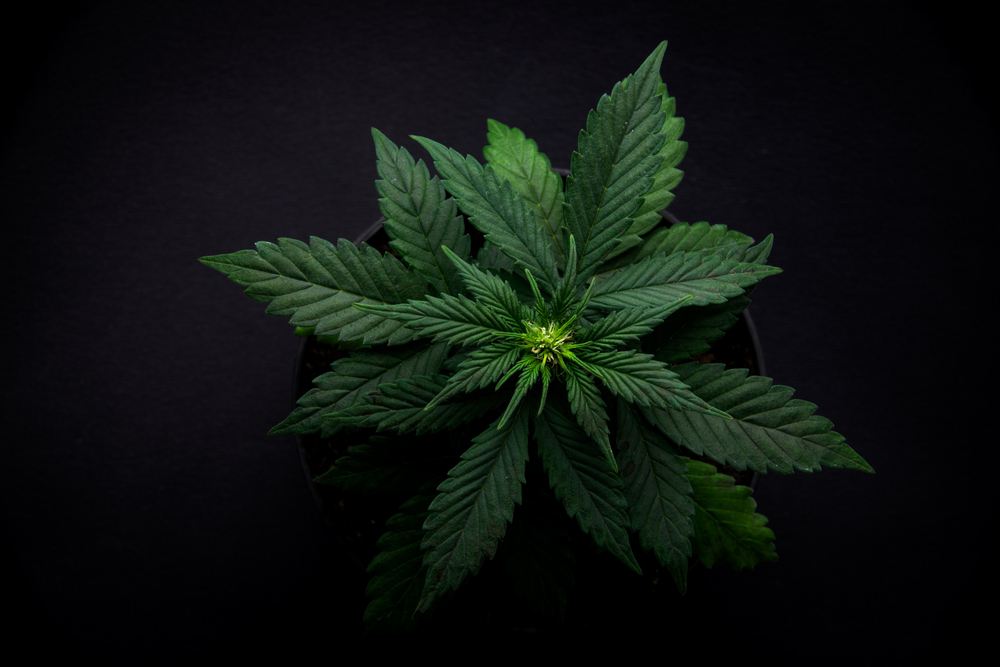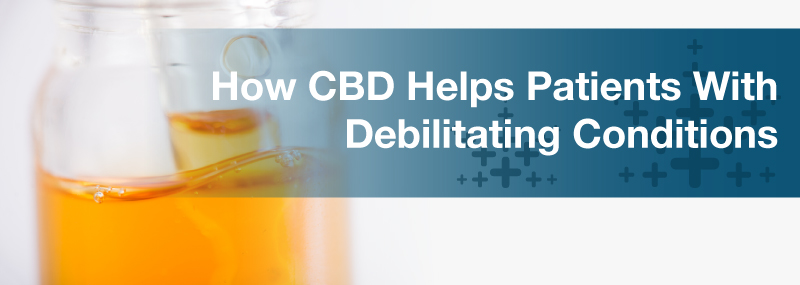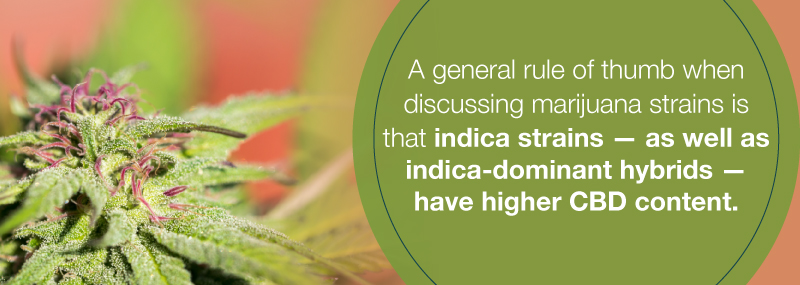As a dispensary budtender or owner, you always want to do everything you can to better serve your patients. Oftentimes, that means suggesting different strains and types of medical cannabis based on specific conditions and symptoms. To do that, you and the rest of the staff must understand the chemical makeup of marijuana, including the intricacies of cannabidiol and other cannabinoids.
Cannabidiol and Patients With Chronic Illness
Cannabidiol (CBD) is one of the two primary chemical compounds, or cannabinoids, found in the cannabis plant. The other is tetrahydrocannabinol, more commonly known as THC. However, unlike THC, CBD does not have the psychoactive properties that cause the user to feel high.
Instead, CBD alone can provide patients with many of the pain-relieving benefits of traditional marijuana products without creating that euphoric, but often debilitating, “stoned” feeling. This allows patients who prefer to avoid that effect — like children, the elderly, and recovering addicts — to still benefit from healing powers of medical cannabis.
So, CBD can be used to treat the pain that results from many conditions and symptoms, including cancer, epilepsy, lupus, Parkinson’s disease and related diseases. You can also use CBD to treat mental health conditions, such as anxiety, depression, obsessive-compulsive disorder, insomnia, and schizophrenia.
How Can Budtenders and Dispensary Owners Talk to Patients About CBD?
As budtenders, part of your job is helping patients understand how using CBD to treat chronic conditions can help them. Remember, most people probably have not heard of CBD, and patients may be hesitant to learn about it. Start by explaining the benefits of using only this cannabinoid, such as being able to avoid the high while still finding pain relief. If they seem interested, encourage them to ask questions and tell them more about the specific products that would best treat their symptoms.
A general rule of thumb when discussing marijuana strains is that indica strains — as well as indica-dominant hybrids — have higher CBD content, while sativa strains and sativa-dominant hybrids have a higher THC content. Of course, every strain has a different ratio of CBD-to-THC, but there are many that have little to no THC at all.
While the CBD strains a budtender should recommend will depend heavily on the patient’s specific symptoms, here are a few examples you can choose from:
- Swiss Gold
- Sour Tsunami
- ACDC
- Valentine X
- Harlequin
Frequently Asked Questions About Cannabidiol
The best way to prepare for patients’ questions is to think about what they may be. Here are three common concerns patients will likely have about CBD:
Is It Safe for Children?
Yes — in fact, it’s incredibly beneficial for children suffering from epilepsy, specifically. One study found that epileptic children experienced an 80 percent reduction in seizures when they used cannabis with a high CBD content.
Will It Still Work?
While everyone reacts to marijuana differently, countless studies have shown CBD is effective in treating all sorts of health conditions and symptoms, like the ones discussed above.
How Can I Ingest CBD?
You can ingest or administer CBD the same ways you would take any other form of marijuana, including by smoking or vaping the herb or oil, eating or drinking an edible product, applying it as a topical lotion or taking a tincture or capsule. However, be sure to check your state’s laws on how you can take your medicine, as each has different guidelines.
Learn More About CBD and Patients With Chronic Illness From MarijuanaDoctors.com
Interested in learning more about how your dispensary can better serve its patients? MarijuanaDoctors.com provides patients with the resources needed to find a trusted doctor in their area and to find reputable dispensaries so that obtaining medication is simple. Check out our other resources at MarijuanaDoctors.com for more information. For even more benefits, register your dispensary with our site today.




Follow NCIA
Newsletter
Facebook
Twitter
LinkedIn
Instagram
–